Tibet is a fascinating destination that has long captivated the imaginations of people worldwide. Despite its alluring appeal, several misconceptions about Tibet have been perpetuated over time.
Many people believe in these misconceptions, which have contributed to the misinformation about this beautiful land. In this article, we will explore the ten most common mistakes that people often make about Tibet and clear them up.
Mistake 1: It often snows in Tibet.
One of the common misconceptions about Tibet is that it is always covered in snow. While it is true that the Tibetan Plateau is the highest plateau on the planet, the weather patterns in Tibet vary depending on the altitude and season.
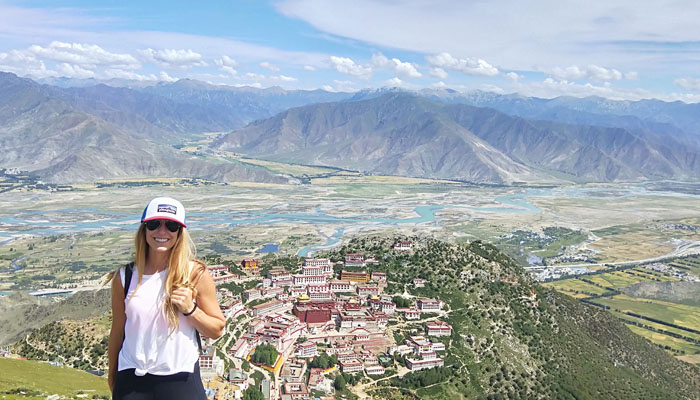 The lower areas of Tibet are relatively dry and have occasional snowfalls only.
The lower areas of Tibet are relatively dry and have occasional snowfalls only. While snowfall is common in the mountains, the lower-altitude areas of Tibet are relatively dry, receiving very little precipitation throughout the year. The cities and towns, such as Lhasa and Shigatse, are generally sunny and dry, with occasional rain showers.
Overall, Tibet does experience snowfall in certain areas, but it is not always covered in snow and has a more varied climate than many people assume.
Mistake 2: Tibetans don’t eat meat.
Another common misconception about Tibetans is that they are predominantly vegetarian. The truth is that almost all Tibetans, including the lamas and monks, eat meat, despite they are Buddhists.
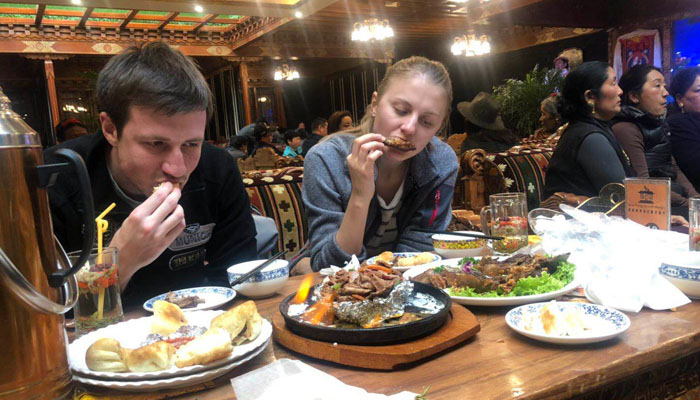 Tourists are enjoying the meat dishes which also serve to locals.
Tourists are enjoying the meat dishes which also serve to locals.The harsh environment and climate in Tibet make it difficult for vegetation to grow, so, meat including yak, goat, and mutton is an essential source of protein for the locals.
However, there are specific taboos regarding meat consumption, such as not eating fish, which is considered to be holy. Also eating horse, donkey, mule, and dog meat are taboo in Tibet.
Mistake 3: Tibet is backward.
Another common misconception about Tibet is that it is underdeveloped and backward. This is far from the truth as Tibet has made significant progress in recent years. For example, Lhasa and Shigatse have many star-rated hotels now, including luxury five-star hotels such as St. Regis Lhasa Resort, Shangri-La Hotel, etc.
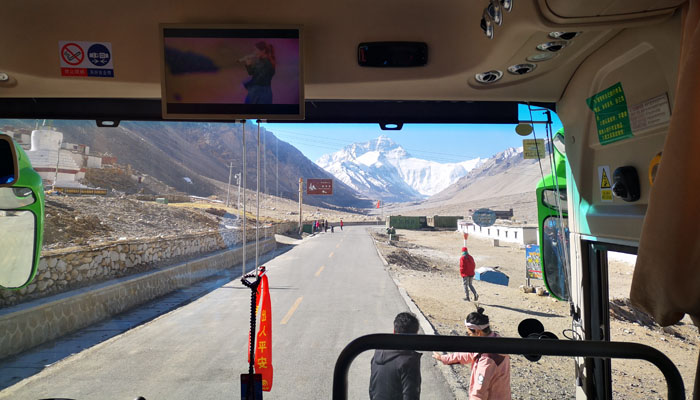 The road to Everest Base Camp roads is well-paved.
The road to Everest Base Camp roads is well-paved.The roads are also well-paved between major cities of Tibet, including the famous Friendship Highway, which allows travelers to take an overland trip from Lhasa to Kathmandu or vice versa. The construction of the Lhasa-Nyingchi bullet train further proves that Tibet is anything but backward.
Mistake 4: Tibet is not safe for travel.
Safety concerns are often raised when people consider traveling to Tibet. However, Tibet is a safe place to travel. The overall crime rate in the region is low, and the local people are known for their hospitality and friendliness toward tourists.
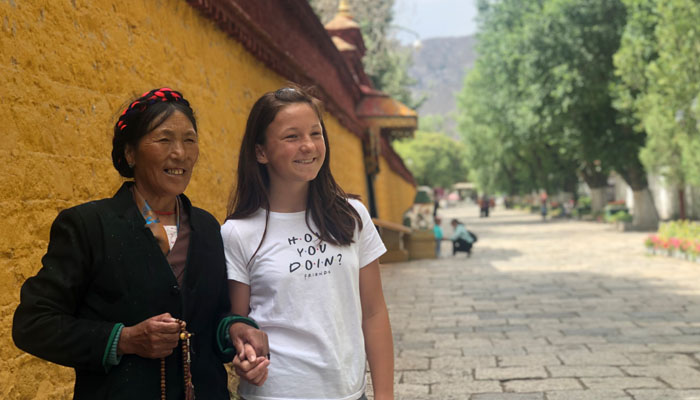 The local Tibetans are very friendly toward tourists.
The local Tibetans are very friendly toward tourists.Besides, for international tourists to Tibet, you will travel with a local guide as regulated by local policy. In this way, you can enjoy a smooth and safe journey in Tibet, since your guide can assist you in navigating the complex terrain and the unique local culture.
Mistake 5: Altitude sickness in Tibet can be scary.
Altitude sickness, also known as acute mountain sickness (AMS), is a common occurrence for visitors to Tibet. The symptoms include headache, dizziness, fatigue, nausea, and shortness of breath. AMS happens because of the high altitude and the thinner air in Tibet.
However, altitude sickness is not as terrifying as many people assume, since most of the symptoms will gradually disappear after you acclimate to the plateau. And there are several things that you can do to reduce the risk of getting altitude sickness.
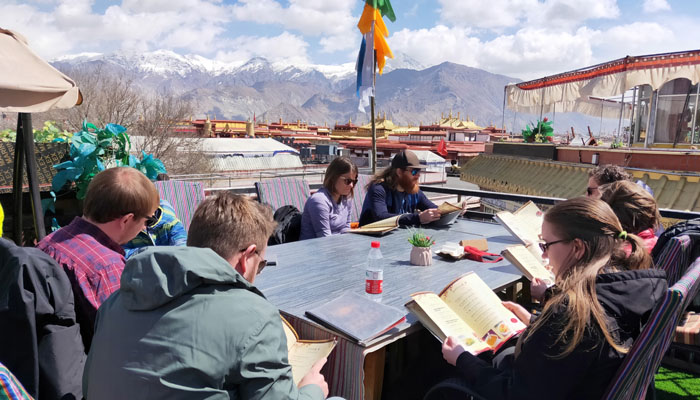 Rest in Lhasa city to adjust to the altitude before heading to higher areas.
Rest in Lhasa city to adjust to the altitude before heading to higher areas.One of the most effective ways to give your body enough time to acclimatize. When you arrive in Tibet, it is recommended that you spend at least two days in Lhasa to adjust to the altitude before traveling to other higher areas.
During this time, avoid strenuous activities and get enough rest. Drink plenty of water and eat more high-protein foods. In addition, it is a good idea to bring medication for altitude sickness, such as Diamox, and consult your doctor before your trip to Tibet.
Mistake 6: The food in Tibet is all about butter tea and yak meat.
While butter tea and yak meat are traditional Tibetan dishes, Tibetan cuisine is much more diverse than that.
Tsampa, for example, is a staple food made of roasted barley flour mixed with butter and tea, and can be served in different ways. Tibetan noodles, called thukpa, are another popular dish, often served in a hot soup with meat or vegetables. Tibetan yogurt, called shouzhua, is a refreshing snack made from yak milk.
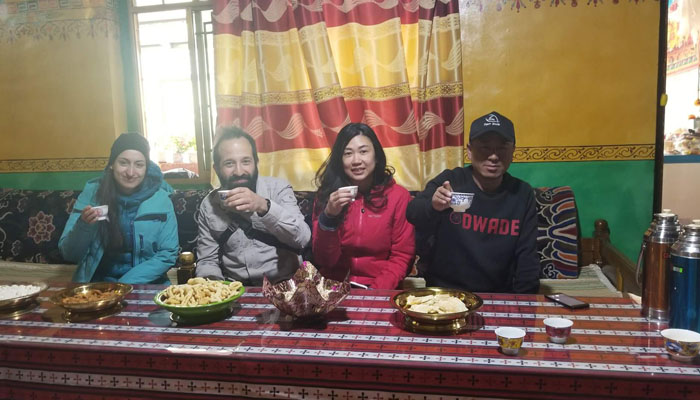 Tibetan food is diverse in many kinds.
Tibetan food is diverse in many kinds.In addition, many restaurants in Tibet serve other types of food, such as Chinese food, Western food, Indian dishes, and more. So, even if you are not a fan of Tibetan food, you will find plenty of delicious options to try.
Mistake 7: Tibetans are not friendly to foreign visitors.
On the contrary, Tibetans are known for being warm, welcoming, and hospitable to visitors. This is because Tibetan culture is deeply rooted in Buddhism, which teaches compassion, kindness, and respect for all living beings.
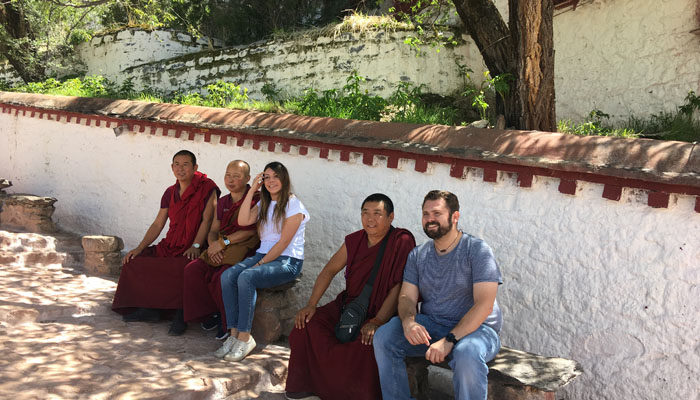 Chat with local Tibetan lamas while hiking the Potala Palace.
Chat with local Tibetan lamas while hiking the Potala Palace.You may even have the opportunity to visit a local Tibetan family, where you can learn more about their way of life and customs. However, it is important to remember to be respectful of their traditions and beliefs, and to dress modestly when visiting temples and other sacred sites.
Mistake 8: Tibet is too cold to travel in winter.
While it is true that Tibet can be very cold in the winter months, it is not necessarily too cold to travel. Some areas of Tibet, such as Lhasa and Shigatse, have relatively mild winters, with daytime temperatures hovering around 10°C (50°F) and an occasional snowfall.
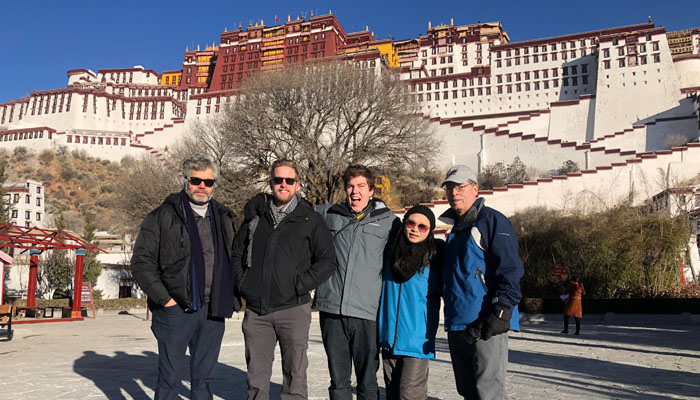 Visiting Lhasa in winter season
Visiting Lhasa in winter seasonIn fact, winter can be a good time to visit Tibet, with fewer crowds and lower prices than in the peak tourist season. Just remember to check the weather forecast and pack accordingly, with warm layers and appropriate gear for cold temperatures.
Mistake 9: Tibet is an expensive place for traveling.
While it is true that traveling to Tibet can be expensive, there are many ways to make it more affordable. For example, you can opt for budget hotels and hostels, which are mostly clean and comfortable. Also eating at local restaurants can cut down your cost.
Joining a small group tour is also a great way to save money, as the cost of the tour is shared among the group. In addition, if you plan your trip in advance and book your tickets and accommodations early, you can often find great deals and save money.
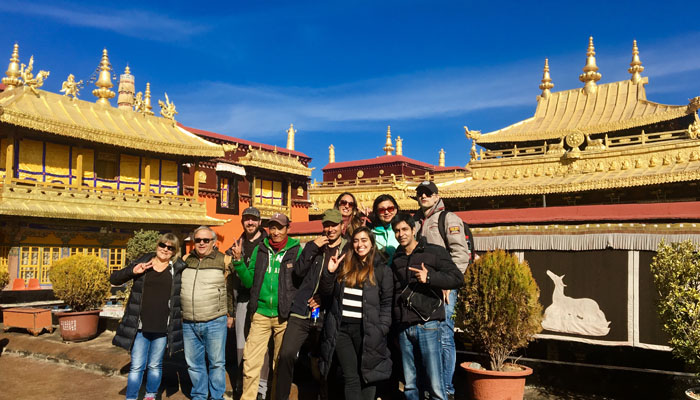 Join our Tibet samll group tour to save cost
Join our Tibet samll group tour to save costMistake 10: It is inconvenient to get to Tibet.
Some people believe that getting to Tibet is a hassle, but that is not entirely true. While it is true that Tibet is a remote and isolated region, there are several ways to get there, and the transportation infrastructure has improved significantly in recent years.
There are several direct flights to Tibet from major Chinese cities, such as Beijing, Shanghai, Chengdu, and Xi'an, making it easier for tourists to reach the region. Moreover, the Qinghai-Tibet railway, also known as the highest railway in the world, connects Tibet to the rest of China and offers a breathtaking journey through the mountains and across the Tibetan plateau.
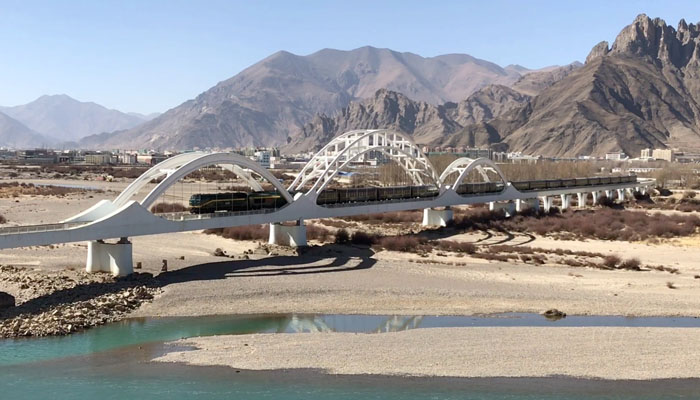 The Tibet train to Lhasa runs along Qinghai-Tibet railway.
The Tibet train to Lhasa runs along Qinghai-Tibet railway.For those who prefer overland travel, there are several routes to Tibet. However, keep in mind that you need to obtain a Tibet Travel Permit in advance to enter Tibet, regardless of your mode of transportation.
Conclusion
There are several misconceptions about Tibet that can deter people from visiting this unique and captivating region. However, with a little bit of research and an open mind, you can discover the beauty, culture, and hospitality of Tibet and create unforgettable memories that will last a lifetime. Whether you are interested in history, religion, nature, or adventure, Tibet has something to offer for everyone, and it is definitely worth the effort to visit.

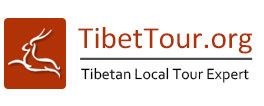


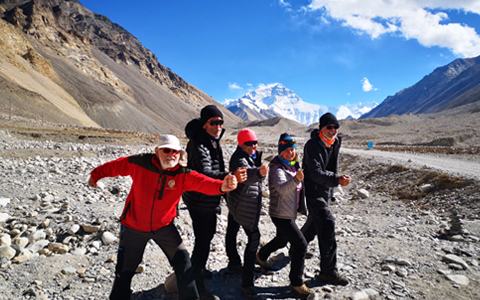
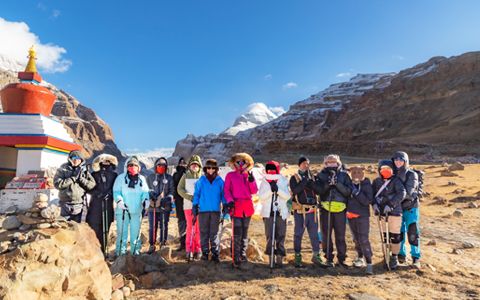
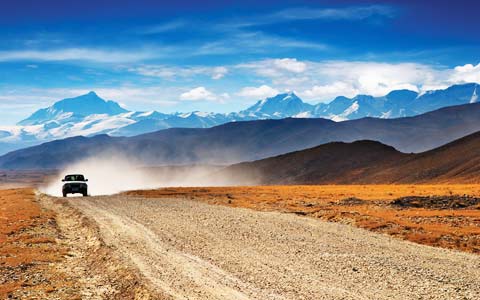
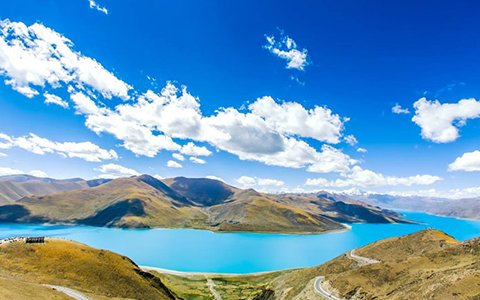
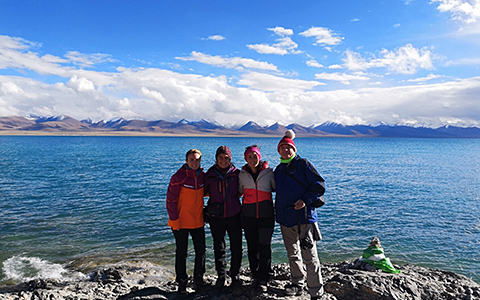
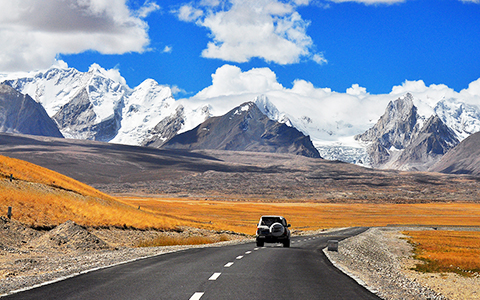
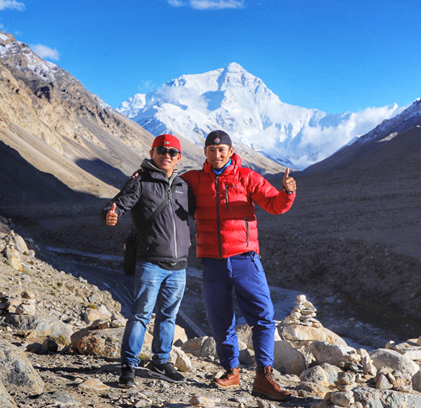
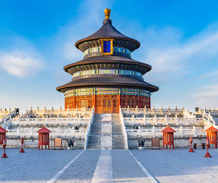

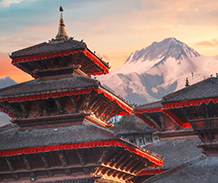
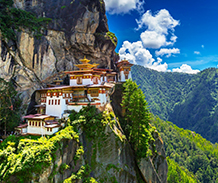
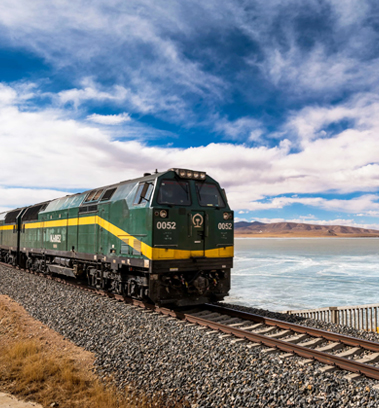

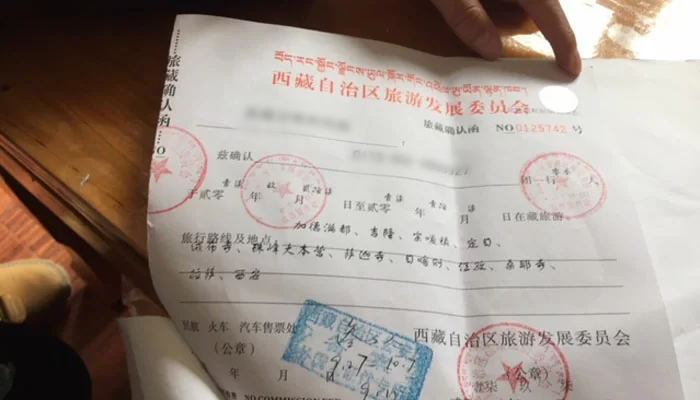
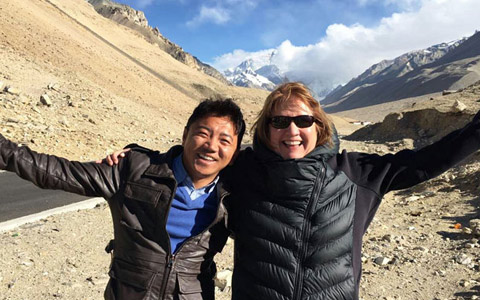
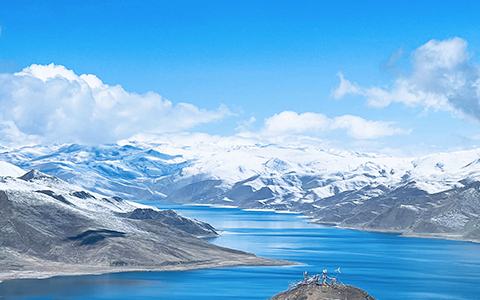
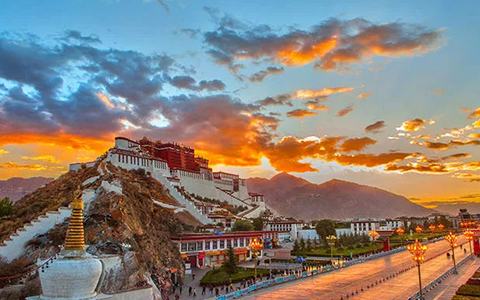
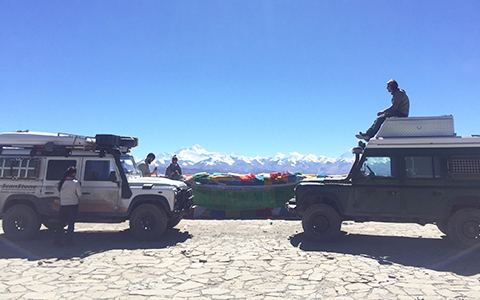



 The lower areas of Tibet are relatively dry and have occasional snowfalls only.
The lower areas of Tibet are relatively dry and have occasional snowfalls only.  Tourists are enjoying the meat dishes which also serve to locals.
Tourists are enjoying the meat dishes which also serve to locals. The road to Everest Base Camp roads is well-paved.
The road to Everest Base Camp roads is well-paved. The local Tibetans are very friendly toward tourists.
The local Tibetans are very friendly toward tourists. Rest in Lhasa city to adjust to the altitude before heading to higher areas.
Rest in Lhasa city to adjust to the altitude before heading to higher areas. Tibetan food is diverse in many kinds.
Tibetan food is diverse in many kinds. Chat with local Tibetan lamas while hiking the Potala Palace.
Chat with local Tibetan lamas while hiking the Potala Palace. Visiting Lhasa in winter season
Visiting Lhasa in winter season Join our Tibet samll group tour to save cost
Join our Tibet samll group tour to save cost The Tibet train to Lhasa runs along Qinghai-Tibet railway.
The Tibet train to Lhasa runs along Qinghai-Tibet railway.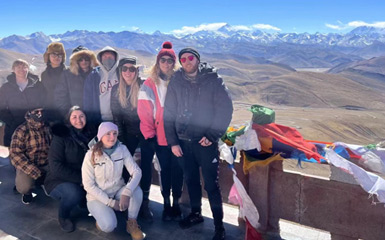
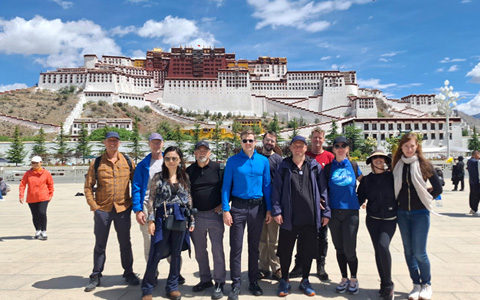
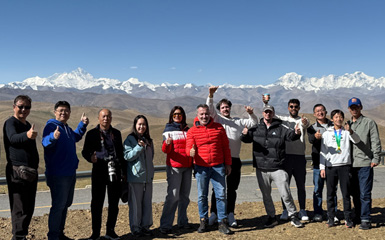
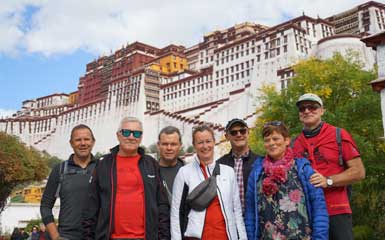
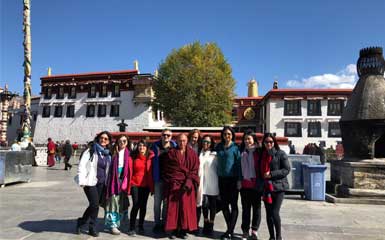
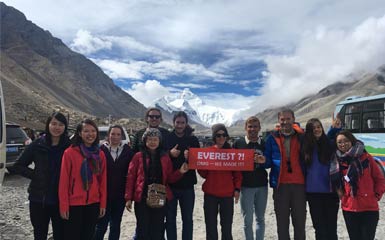
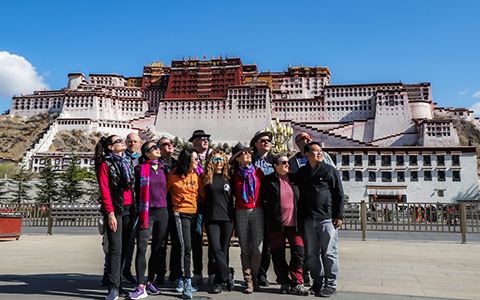
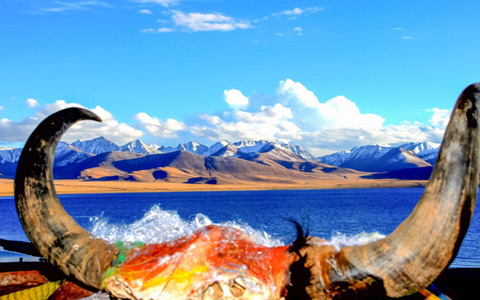
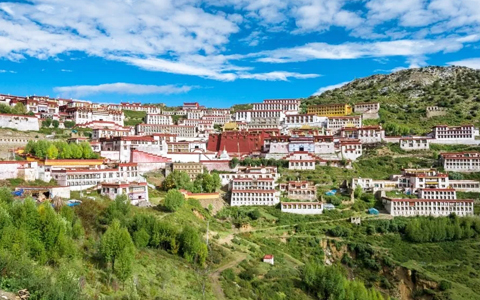
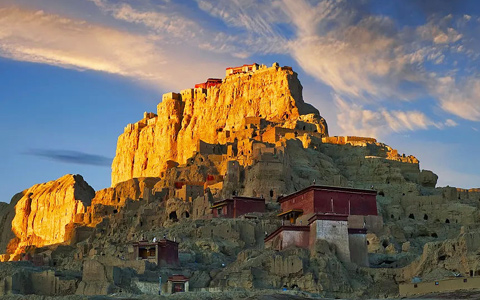

Ask a Quick Question